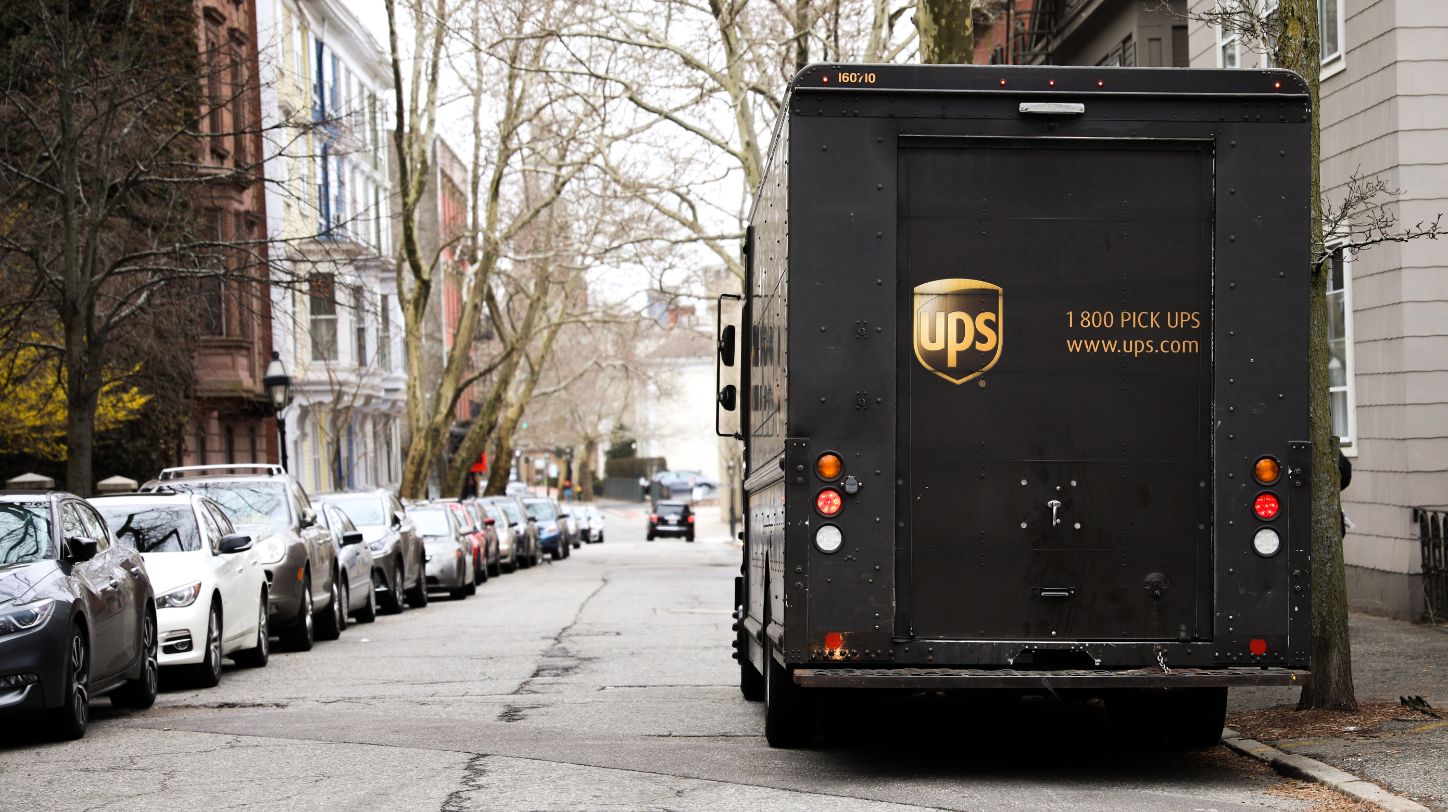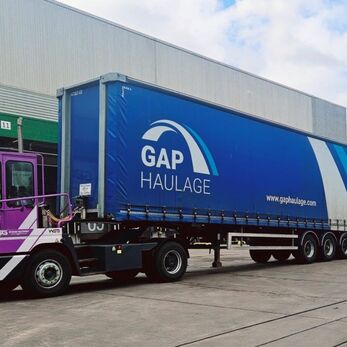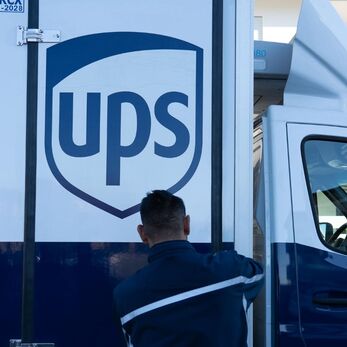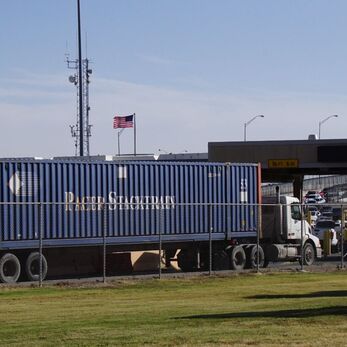After UPS announced that it will be cutting 12,000 workers amid plummeting delivery demand, data suggests the parcel delivery company has cut 43,000 workers in the last three years.
Since its peak employment of 543,000 workers in 2020, UPS employed 500,000 people by the end of 2023, marking a nearly 8% reduction in employees.
The height of the pandemic caused a surge in deliveries and huge demand for extra delivery workers. UPS’s employee cuts have been replicated across the industry as delivery companies reassess operational costs post-pandemic.
Rival FedEx reduced its US headcount by about 29,000 employees in fiscal year 2023, CEO Raj Subramaniam said in June. The move came a few months after FedEx announced it would cut more than 10% of its officer and director staff.
UPS headcount reductions in 2024 will be concentrated within management roles and contracted positions, with 75% of the cuts coming in the first half of 2024, executives said.
UPS will see a $1 billion (£791 million) benefit this year from the reductions.
Another driver in employee reduction is the move to automated delivery systems, specifically in the previously labour-intensive sorting hubs.
AI machine-learning advancements have reduced labour hours by nearly 10% in UPS sorting hubs and saved $889m (£702m) in its US segment in Q2 with the help of these technology improvements.
The company also reduced volume at non-automated buildings by 18%, enabling it to close sorts and decrease its operations headcount by 7%.
The availability of funds, whilst trimming their operational logistics needs, aims to improve UPS efficiency. Since the cuts are focused on the management ranks, the company could restructure or combine operating regions like it has in the past to usher this process along.









